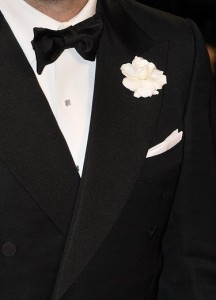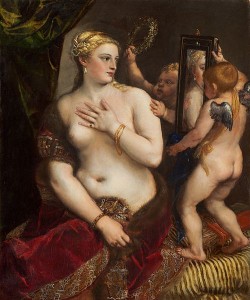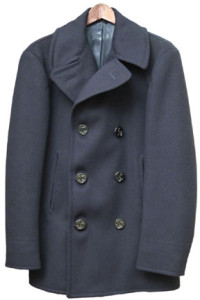As previously discussed on Dressing Constitutionally, the New York City Commission on Human Rights recently filed complaints against seven Jewish Orthodox-owned stores that allegedly violated City law by discriminating against the “gender and creed” of patrons through the stores’ dress code.
This Tuesday, The New York Times reports the City’s action against the stores is settled, requiring the Brooklyn-based stores to pay nothing. Though the Commission’s originally sought fines against the stores, the  Commission is now “satisfied that the store owners understand their obligations under NYC Human Rights Law.” The Commissioner also assured reporters that if the stores “were to post new signs in their windows, they would say that while modest dress is appreciated, all individuals are welcome to enter the stores free from discrimination.”
Commission is now “satisfied that the store owners understand their obligations under NYC Human Rights Law.” The Commissioner also assured reporters that if the stores “were to post new signs in their windows, they would say that while modest dress is appreciated, all individuals are welcome to enter the stores free from discrimination.”
The attorney representing the stores pro bono told the Times, “it’s inconceivable that it could be a human rights violation for Hasidic Jews to make the same statement that stores and restaurants all over the city make,” referring to the various gendered dress codes across New York City which result in blatant discrimination similar to that alleged against the Williamsburg stores.
Asked about the settlement, newly elected New York City Mayor Bill de Blasio did not initially comment because he was not aware of the issue. As Yeshiva World News reports though, the Mayor eventually told reporters, “we want to respect every community in everything we do” but adding “we also have laws that we are here to uphold.”
[image via]









